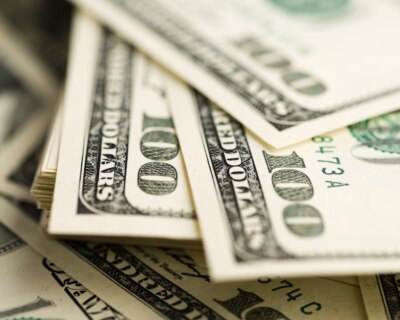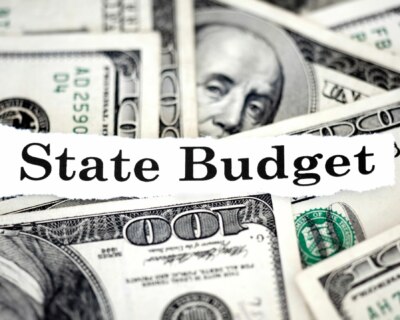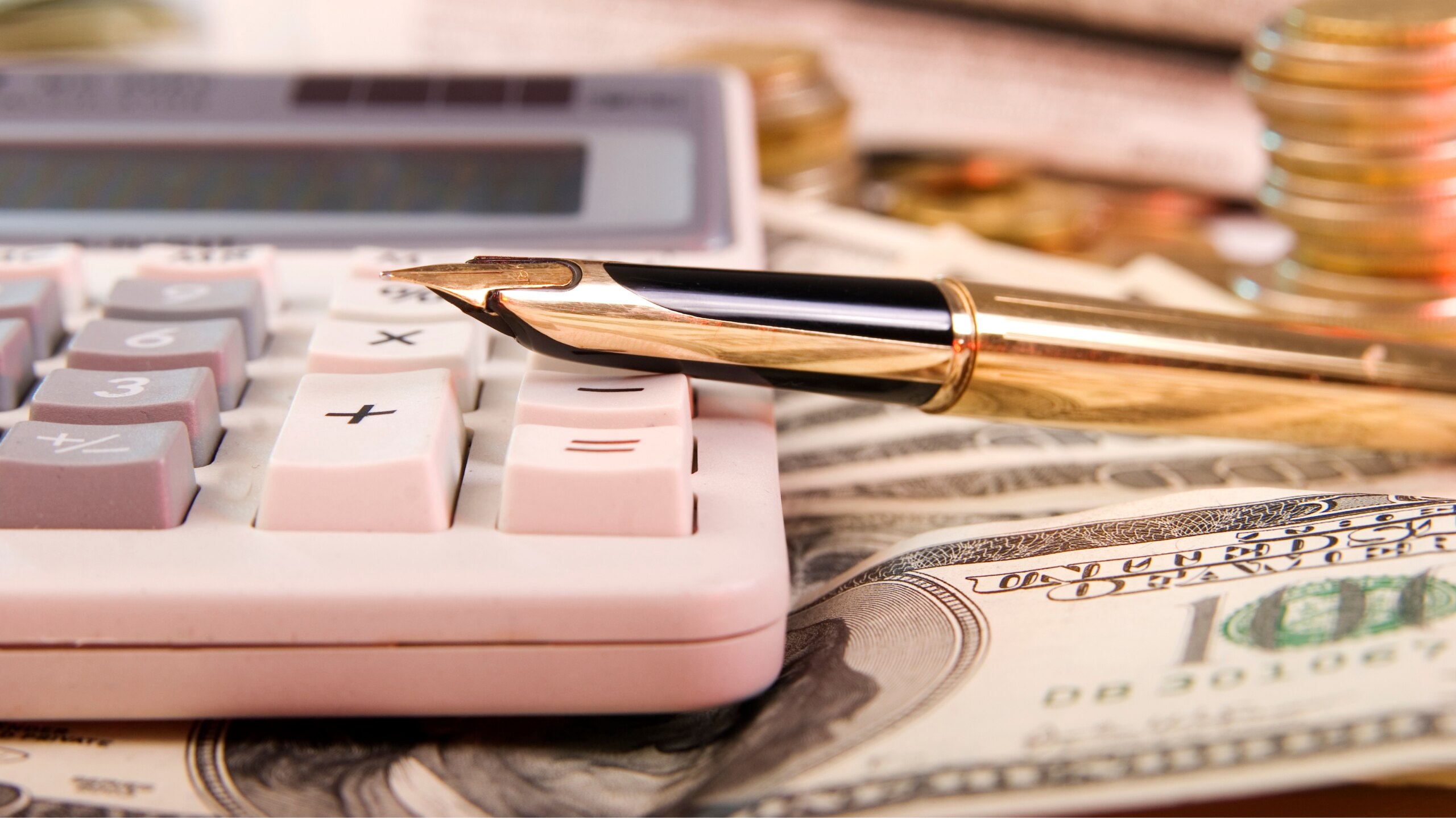The Cost of Elections
A review of this year’s statewide spending reports shows just how expensive power can be — and who benefits
First in a two-part series
By JEREMY ALFORD
If you don’t think political spending in Louisiana is an economic driver, you’re not paying close enough attention. Year-to-date spending by statewide candidates alone has already surpassed the economic impact of the state’s citrus industry, the amount of taxpayer money used to subsidize the NBA Hornets this year and the annual payroll of Halliburton’s new Lafayette facility.
From Jan. 1, 2011, to this past Saturday, Oct. 15, candidates for governor, lieutenant governor, secretary of state, agriculture commissioner and insurance commissioner have collectively spent more than $8.9 million, according to campaign reports filed with the state Ethics Administration.
The day of decision dawns Saturday morning and candidates will be spending even more cash this week to claim their titles. A few of them will even be using their own dough, a recent trend in Louisiana politics. In fact, of the $8.9 million spent so far, about $2.3 million comes from the pockets of just five candidates.
That means 25 percent of all expenditures from statewide campaigns year-to-date were bankrolled by just a few select people. Plaquemines Parish President Billy Nungesser, a Republican gunning for lieutenant governor, leads the pack with $1.2 million of his own cash invested.

State Sen. Norby Chabert, a Democrat-turned-Republican from Houma who cut his teeth running campaigns, says this year’s abundance of private cash is due to several factors.
For starters, he says it’s just plain easier for incumbent Insurance Commission Jim Donelon, a Republican, to raise cash, as opposed to those in positions like secretary of state or lieutenant governor. The insurance gig has a built-in constituency of givers, like insurance agents and companies; most of the others positions don’t.
Plus, all of the Republican-on-Republican match-ups this fall are keeping a lot of folks on the sidelines. “And don’t forget about the local and national economy,” Chabert says. “That 25 percent can usually be supplanted by your smaller $500 donors, but they’re not giving.”
While personal cash can certainly give a candidate more independence than one connected to unions or power brokers, the trend also lends itself to exclusivity — you can’t run if you can’t pay. Whether or not the model gets busted by a change in these factors is a question that will have to wait for another day.
Deep pockets aside, you’d still be hard-pressed not to find a Louisiana booster or cheerleader on the ballot. Few if any would profess preference for New York or Virginia or Florida. Regardless, many statewide candidates still look outside of the state when spending their campaign donations.
Of the $8.9 million spent thus far, only $5.4 million went to Louisiana vendors and businesses. That’s a whopping 40 percent going somewhere else.

Incumbent Secretary of State Tom Schedler, a Republican, has the highest percentage of in-state spending, or roughly 99 percent. Donelon has the lowest in-state spending, about 11 percent, based on the zip codes and descriptions included in his campaign finance reports.
John Sutherlin, director of the Social Science Research Lab at the University of Louisiana at Monroe, says it’s an easy option for campaigns to choose the cheapest option, which often takes them outside of the state. “It might cost you a little more, but I always advise campaigns to spend as much as they can in Louisiana. Quite frankly, there are no services or products that can’t be found in Louisiana,” Sutherlin says. “You might have to work a little harder and spend more to get them, though.”
As of this past Saturday, statewide campaigns are responsible for 4,908 separate financial transactions. Of that amount, Gov. Bobby Jindal, a Republican, is responsible for 3,673 transactions, or basically 74.8 percent of all purchases year-to-date.
For the purposes of this story, all 4,908 individual expenditures were reviewed and divided into 18 general categories ranging from signs, postage and payroll to consultants, polling and advertising.
The top category of spending by statewide candidates was overwhelmingly media, advertising and related productions, which comes to $4.4 million, or roughly 49 percent of all money spent so far. The other highest-ranking categories, in order, were:
— Consultants and staff: $1.3 million, or 15 percent
— Fundraising: $769,833, or 8 percent
— Polling and focus groups: $508,624, or 5 percent
— Mail: $431,788, or 4 percent
Pat Bergeron, a Baton Rouge-based conservative internet consultant who operates Category 5 Communications, says the amount of money being dedicated to media functions is lower than he has seen in previous election cycles.
But he was even more surprised that Web- and computer-related spending has only reached about $129,000. “It’s still an emerging industry here and I think it’s an area where we’re going to see growth in coming years,” says Bergeron. “This coming presidential election will prove once and for all that you can’t do politics in Louisiana without the Web.”
FOR A LOOK AT THE SPENDING OF STATEWIDE CANDIDATES BY CATEGORY, CLICK HERE
As for who’s winning the media wars, Cox Communications has received nearly $493,000 from statewide campaigns this year. While company officials are well known for making political donations, Cox is always developing new relationships in government as a public access provider.
To be certain, election spending has become an important source of revenue for media outfits all around the state. Here are the other big earners YTD:
— WAFB-TV in Baton Rouge: $297,100
— WWL-TV in New Orleans: $202,000
— SuddenLink Louisiana: $191,000
— KSLA-TV in Shreveport: $171,400
One of the more surprising findings from this year’s expenditures involves the absolute nosedive in newspaper advertising. Just consider the state’s two biggest dailies: The Advocate has earned about $7,800 from statewide candidates, according to financial reports, while The Times Picayune has chalked up about $5,000.

To put that into perspective, syndicated talk show host Moon Griffon appears to have earned more though advertising on his show YTD — about $9,700 — than the dailies did individually. Want another comparison? Advertising expenditures by statewide candidates inside movie theaters — yes, the buttered popcorn variety — have so far outpaced the earnings of both dailies combined, or roughly $18,400.
There’s certainly more money related to the local races for newspapers and the situation could get better during the comings days. Additionally, there may be some expenditures that haven’t been properly reported. Nonetheless, this trend is difficult to interpret as anything else but dismal for the black-and-whites.
During a recent teleconference on media trends, Kate Kaye, senior editor of ClickZ News and author of “Campaign 08: A Turning Point for Digital Media,” commented that the watershed moment is happening now. She says most campaigns tend to spend upwards to 5 percent of their advertising budgets online, whereas print used to be the standard many moons ago. “Going forward, we can expect more dollars to flow toward digital media in 2012 and see the share of the budget increase,” Kaye says.
She likewise sees the upcoming presidential election as a litmus test of sorts. “Google was a huge recipient of online ad dollars in 2008,” Kaye says. “We know that about 45 percent of (President Barack) Obama’s online ad budget went to Google alone. That was around $7.5 million dollars,” she says.
Political currents, however, are pushing candidates away from Google and closer toward social networking sites, Kaye adds. Locally, that can clearly be seen on several campaign finance reports. Schedler, for instance, has so far invested $10,000 in Facebook ads and another $2,000 into YouTube tools.
TO SEE HOW MUCH MONEY STATEWIDE CANDIDATES HAVE GIVEN TO MEDIA OUTLETS IN YOUR AREA, CLICK HERE
Relatively speaking, compliance appears to be an affordable proposition for modern Louisiana campaigns. The statewide candidates have spent more than $78,000 so far this year on accounting and legal services; campaign finance preparations; and ethics and transaction fees. That’s roughly $8,600 per statewide campaign on average, at least among those spending money; it pales in comparison to other expenses, like food and beverages, which has topped $41,000 as of this past weekend.

That said, the two highest paid in-state firms serving the statewide campaigns are dedicated solely to fundraising services.
At the top of the list is the Nungesser Group, which is operated by three women from the Baton Rouge area. They have cleared nearly $200,000 in commissions working for Schedler and incumbent Lt. Gov. Jay Dardenne, a Republican. In an interesting twist, the firm is actually owned by consultant Sally Nungesser, whose cousin happens to be Billy Nungesser.
Then there’s the The Bautsch Group, another woman-owned business in Baton Rouge. The company is raising money just for the Jindal campaign and has earned commissions in excess of $100,000 so far this year.
A common thread that runs through both of these businesses is personnel with government experience. It’s another example of how intimate knowledge of government operations and bureaucratic mazes can be turned into profitable private businesses.
FOR A LIST OF THE TOP-EARNING LOUISIANA FIRMS THIS ELECTION CYCLE SO FAR, CLICK HERE
Check back with The Pelican Post soon for Part Two of our investigative feature.
THE COST OF ELECTIONS: A closer look at how the laws governing campaign expenditures may be failing us.
Jeremy Alford is a freelance journalist based in Baton Rouge. You can reach him through his Web site at www.jeremyalford.com.




